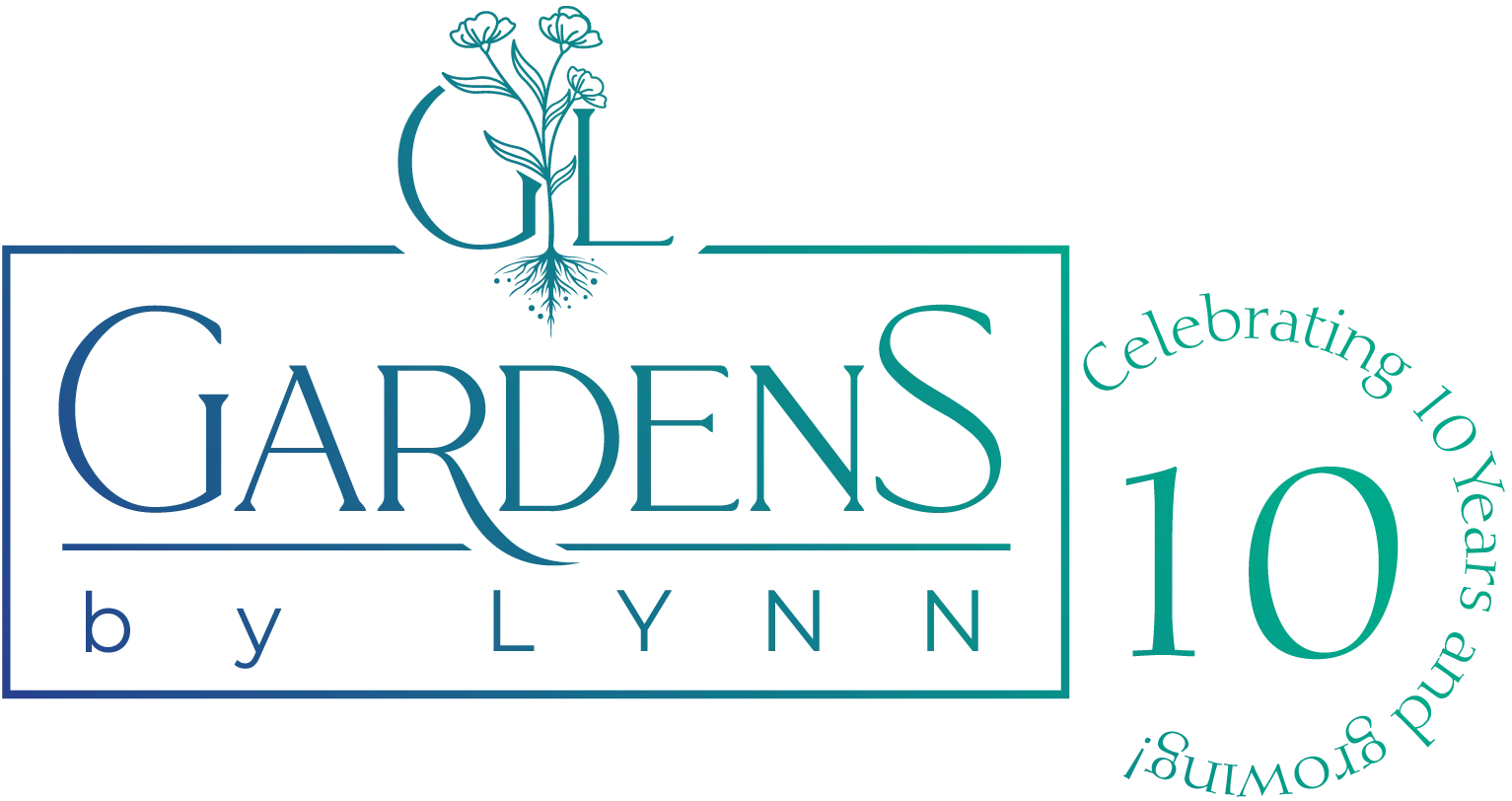Spring Pruning
Trees and Shrubs to prune in the spring BEFORE new growth:
Shrubs grown primarily for their foliage rather than showy flowers should be pruned in spring, before new growth begins:
- Alpine currant
- Barberry
- Burning bush
- Dogwood
- Honeysuckle
- Ninebark
- Purple leaf sand cherry
- Smokebush
- Sumac

- Azalea
- Chokeberry
- Forsythia
- Lilac
- Magnolia
What about Hydrangeas?
Ugh! This is always tricky because there are different types of hydrangeas and when to trim them depends on the type.
The most popular hydrangeas we see in Minnesota gardens are Arborescens: Annabelle, Incrediball, and Invincible Spirit. They can be trimmed in spring or fall.
Paniculata: LimeLight, Strawberry Sundae, Quick Fire, Bobo, Pee Gee, Pink Diamond, and Pinky Winky, can also be trimmed in spring or fall.
Macrophylla: Blooms are pink, purple or blue. These hydrangeas bloom on OLD WOOD. This means that each year they produce blooms off the wood from the current year. DO NOT cut these hydrangeas after July. In August they start to set blooms for the next year.
EXCEPTION: Endless Summer varieties. These bloom on OLD and NEW wood. It is best to leave this variety alone and do not cut it or trim it.
When trimming hydrangeas cut the stems all the way down and leave about 8 inches standing. Also, you should trim any obvious dead wood. This example shows the difference between dead wood, and live wood. Once your hydrangea begins to show buds on the stems, you can easily see which ones are dead, and which ones are alive.


Trimming back Ornamental Grasses
We advise leaving ornamental grasses stand over the winter. So, in early spring, just before new green shoots appear, cut last year’s ornamental grasses. Pruning encourages upright growth and healthy new foliage through the clump.
- Bundle the stalks with twine (make a ponytail!) One of our team members uses her belt to bundle the stalks when twine is not readily available.
- Cut back last year’s growth, leaving 2 to 4 inches of the stalks
What is pruning?
Pruning by its most simple definition is cutting off parts of a plant. It has also been defined as the practice of trimming or shaping a tree or shrub. Reasonable pruning is done for a specific reason; like keeping a plant from outgrowing its space. Another reason to prune a tree or shrub is to cut off undesirable growth, branches that are weak or overcrowded or head the wrong way, or may be diseased. Pruning can also be done for aesthetic purposes, such as shaping a tree, even up a hedge, or open up the canopy to sun and air.
How to prune.
There are many types of pruning you can try, but one basic pruning technique will cover most situations: thinning, stimulates regrowth in proportion to pruning severity. Light annual pruning is better for the tree or shrub than severe pruning.
Thinning cuts remove some of the branches in a tree or shrub, and are lighter than heading back pruning. Thinning cuts are best used for keeping woody plants in their natural form. Make a thinning cut an inch or two from the main stem, leaving the branch collar intact. Removing the branch collar (the swollen area at the base of the branch) encourages infection.
Pruning tools.
Pruning clippers, loppers, and a folding pruning saw will enable you to handle a wide range of jobs. Other useful tools are handy for specific pruning jobs, such as shears for clipping hedges, and long-reach pruners for high branches in trees.
Bypass pruning clippers which have scissor-action, are a great multi-purpose tool for pruning and cutting back plants. They’re ideal for cutting soft stems up to the thickness of a pencil. Anvil clippers (where the blade cuts onto a flat surface) may crush branches as well as cut, so are best suited for woody stems.


Pruning saws come in various sizes and can be used on branches up to 2 inches thick. Use larger bow-saws for bigger branches and small trunks.
Long-reach pruners are like pruning clippers on a long pole. They’re cut by pulling a rope or lever at the opposite end of the clipper. They’re ideal for the occasional pruning of tall trees or big shrubs cutting woody branches up to 1 ¼ inches thick.
With long handles for good leverage and heavy-duty blades, loppers cut woody stems up to 1 ¼ inches thick. They’re ideal for tough pruning. Some have extendable handles and a ratchet system to make cutting easier.
Short-handled shears are perfect for clipping hedges, and box edging, and cutting stems up to pencil-thickness. Some have extendable handles for tall hedges.
Sources: Gardening Know How
Home Garden Joy
University of Georgia Extension
Gardener’s World
Deep Green Permaculture






